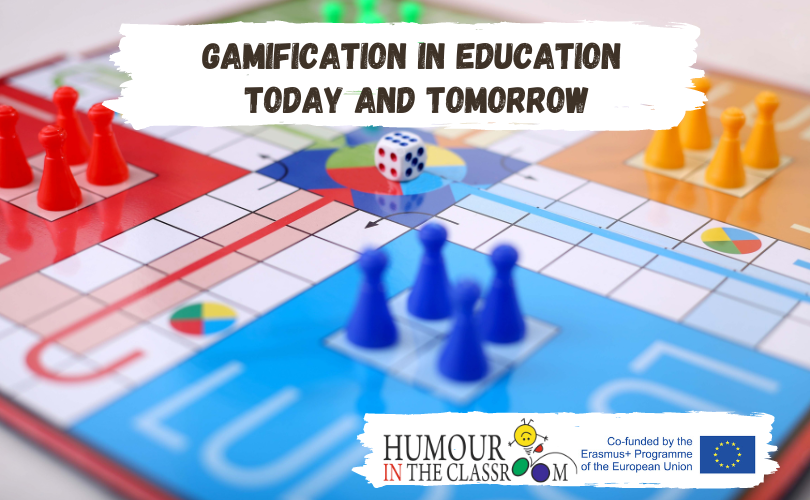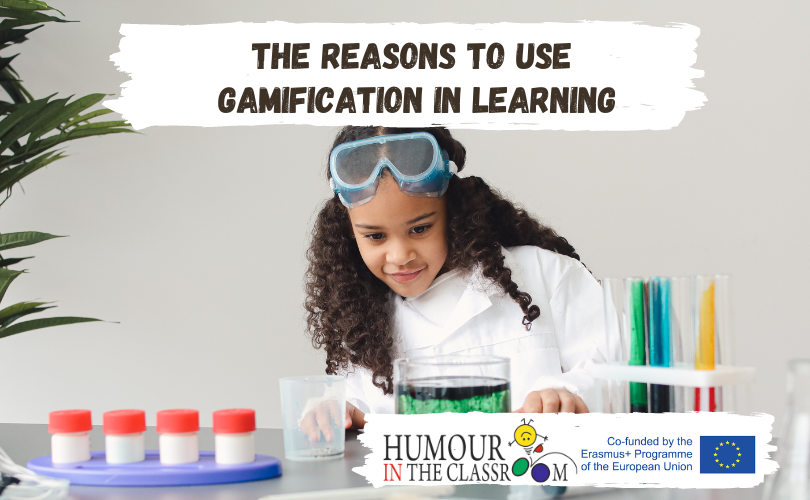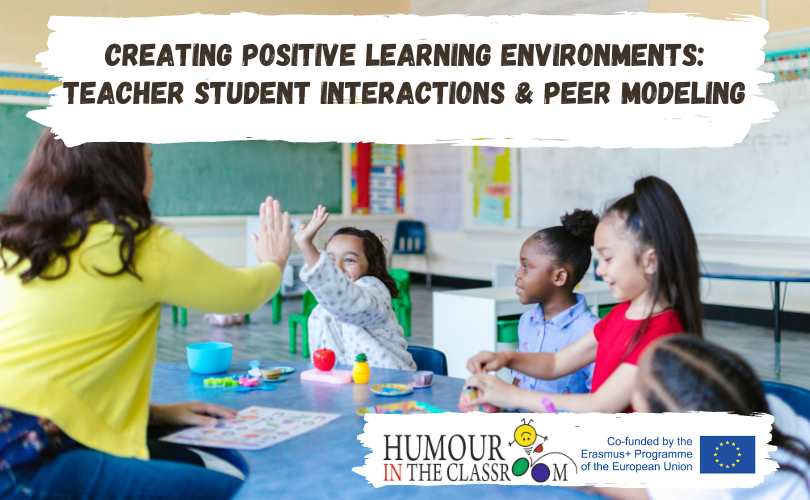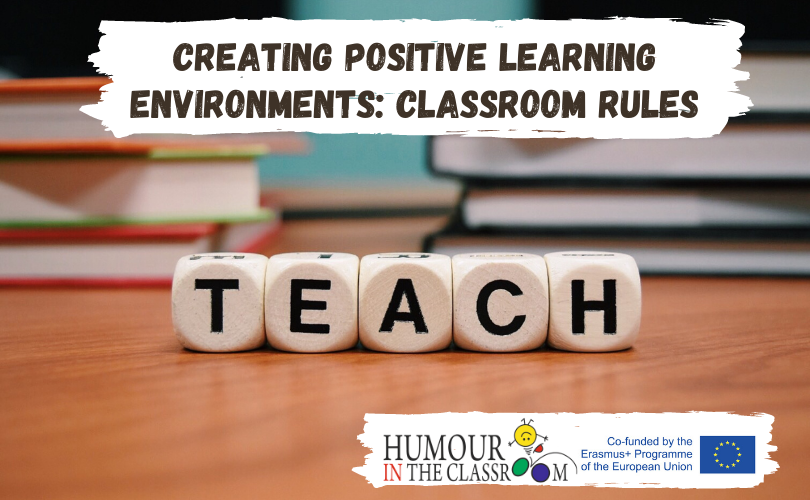Gamification in education today and tomorrow
Nowadays, “gamification” has started to be used frequently in the business world within the marketing, management, health and ecology initiatives. This spreading feature of gamification, arises from its suitable potentials in shaping users behaviour in the right directions. In this context “Foursquare” may be mentioned for shopping, lunch, hotel, and touristic environment searches, “Nike+” for …









